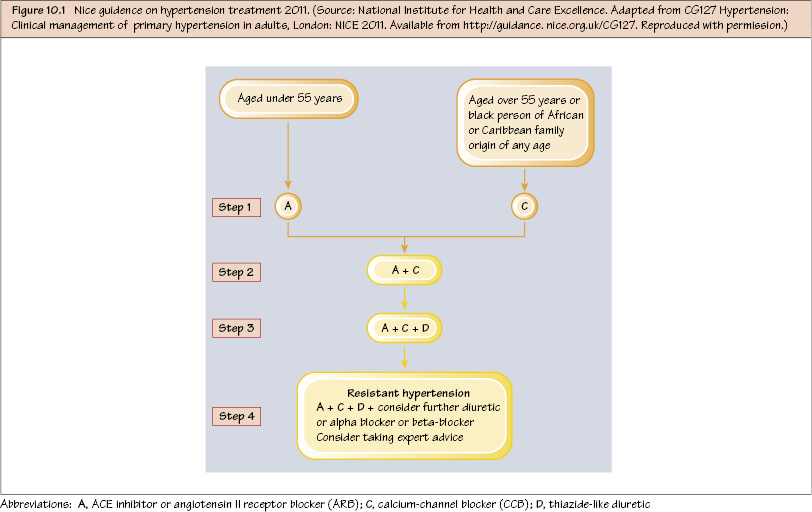Best Medical Therapy Non-operative treatment does not necessarily mean ‘conservative’ treatment (i.e. doing nothing). Non-operative treatment should mean ‘best medical therapy [BMT]’, which is in fact an effective, proven treatment for atherosclerosis. If a patient comes with claudication and you successfully angioplasty their superficial femoral artery lesion, you may improve their walking distance, but you do nothing about the same disease process that is furring up their coronary vessels, or carotid vessels, etc. All patients should have BMT; sometimes they also need a specific intervention. BMT partly centres around managing the risk factors described in Chapter 9; however, there are other interventions that do not quite relate to these. Non-smokers should not underestimate how addictive smoking can be. Spontaneous cessation rates are very low (<15%). Smoking cessation clinics can be very beneficial and there are some important pharmacological adjuncts to consider that raise the chances of success: A Cochrane database meta-analysis has shown these pharmacological agents to be superior to placebo. Women can reduce their cardiovascular risk to age-matched controls within 2–3 years of smoking cessation, whereas men take longer.

Overview
Smoking Cessation
Control of Diabetes
Stay updated, free articles. Join our Telegram channel

Full access? Get Clinical Tree


